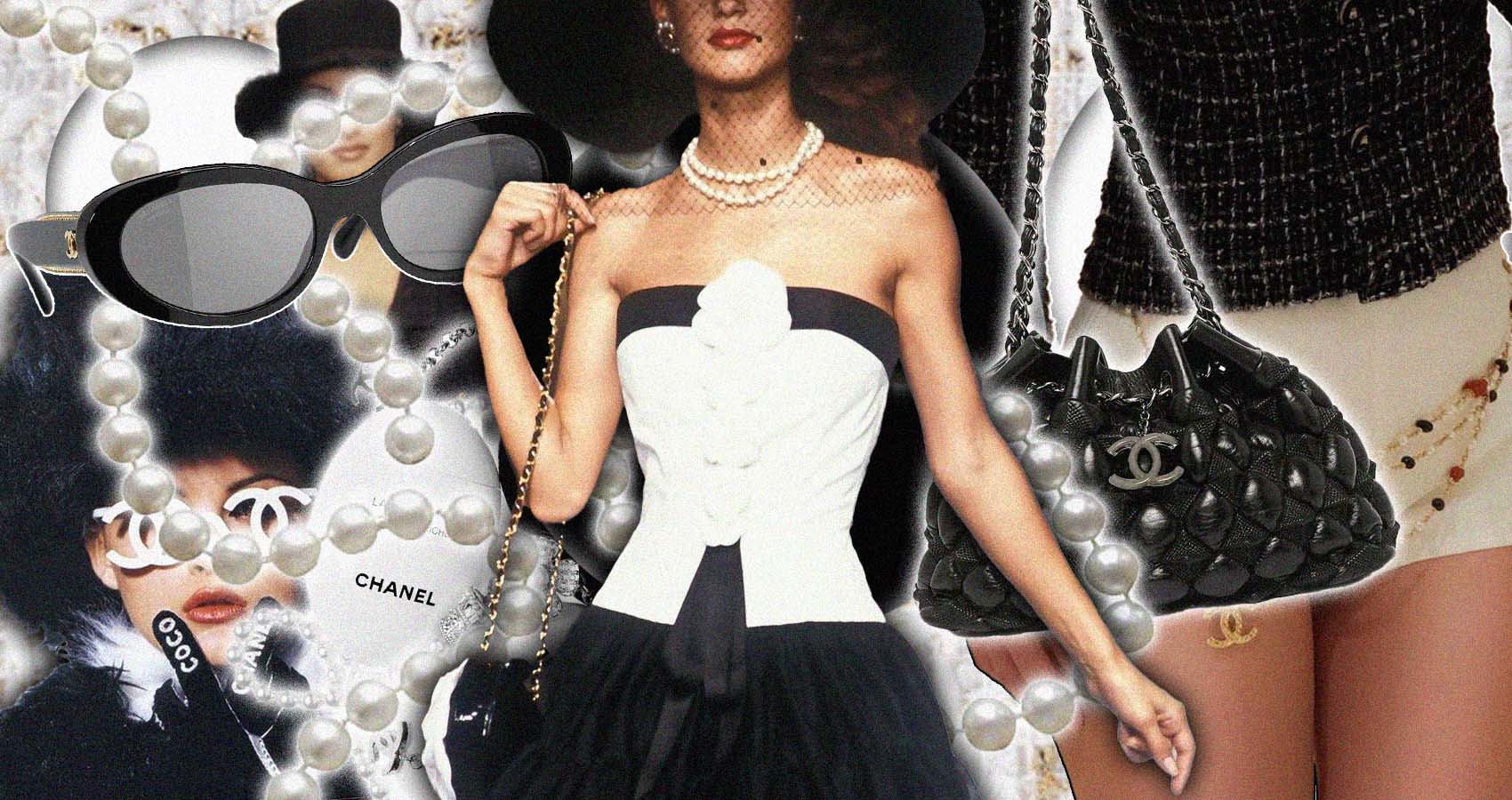
The Secret To Wearing Chanel
The importance of contrast.
Chanel is one of the most recognisable names in fashion, but that familiarity can create predictability. Its clothes often suggest a cultivated elegance rather than the sense of vitality offered by newer brands. To feel alive, Chanel needs contrast: it works best when paired with a wearer who doesn’t immediately seem to align with its vibe. That tension is where the spark lies.
Looking Like You’d Wear Chanel vs. Not
Some people look as though they were born to wear Chanel. Think of Maude Apatow or Margot Robbie – both beautiful, poised, and elegant. On them, Chanel is seamless, like an extension of themselves. It feels timeless, refined, almost inevitable.
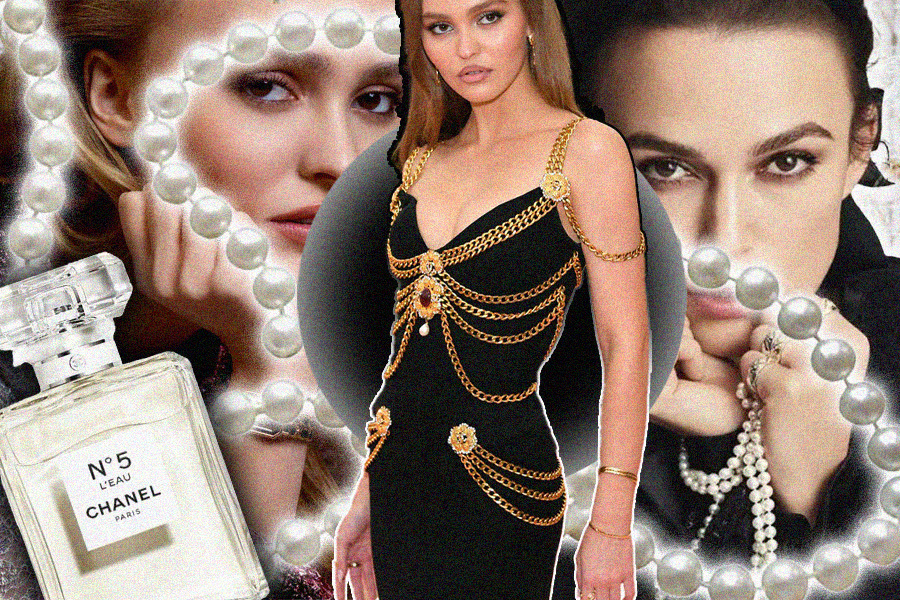
However, the brand is given a complete refresh when worn by those who don’t fit their mould, and Chanel’s creative team are well-aware of this. Keira Knightley and Lily-Rose Depp have long histories with the house; their presence within it leans toward modern cool rather than classic chic. Kristen Stewart pushes further still, her androgynous edge carving something jagged out of the pearls-and-tweed image. There is also Tilda Swinton, whose otherworldly presence transforms Chanel into something sculptural and strange. These are the ambassadors who bend the codes, turning polite elegance into rebellion.
The Power of Contradiction
That is Chanel at its most striking: worn against type. The house’s heritage was built on refined femininity, but when the wearer resists that image, the clothes suddenly stand out. They no longer disappear into a tradition of “twee” polish but instead radiate energy.
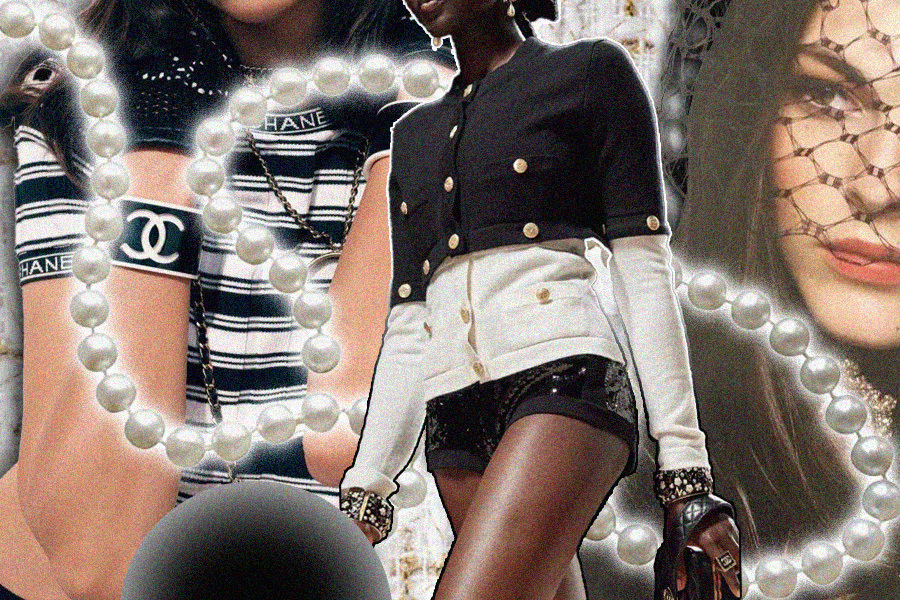
There is no right or wrong way to model Chanel, only how different personalities afford the brand multiplicity. On a conventionally elegant figure, it reads as continuity. On someone less obvious, it becomes a statement.
Wearing It Not as Intended
Part of Chanel’s longevity lies in this reinterpretation. While Coco Chanel positioned herself as a liberator of women’s wardrobes, her vision now feels rigid, hemmed in by its own codes. The irony is that Chanel is most exciting when worn in defiance of that vision.
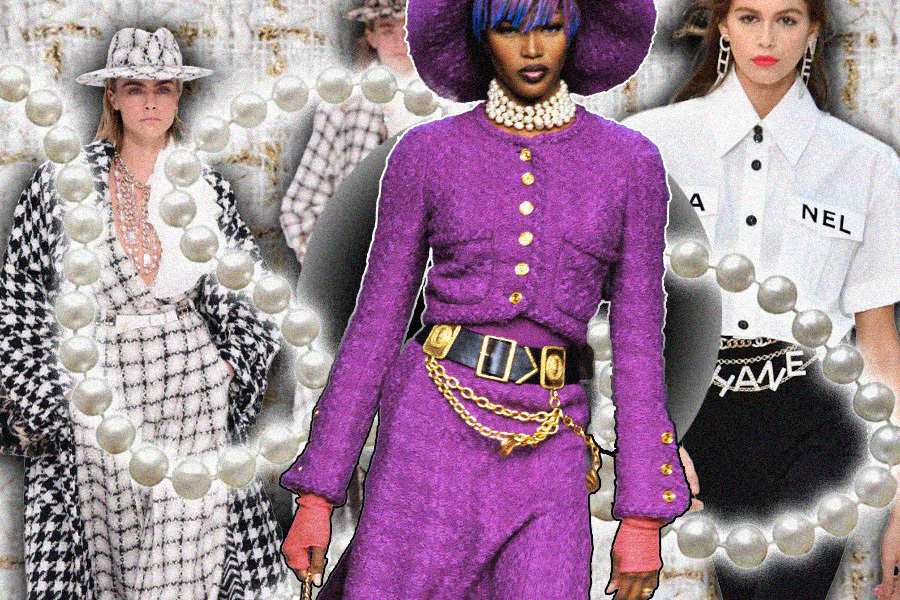
Karl Lagerfeld understood this, twisting house codes to align with the moment. Today, ambassadors who don’t naturally fit Chanel’s delicate mould – whether Stewart’s defiant streak or Swinton’s strangeness – carry that same irreverence forward.
Why It Pops
At its best, Chanel nails elegance – but when worn by someone unexpected, it becomes something more distinct. Rather than disappearing into an image of timeless chic, it demands attention.
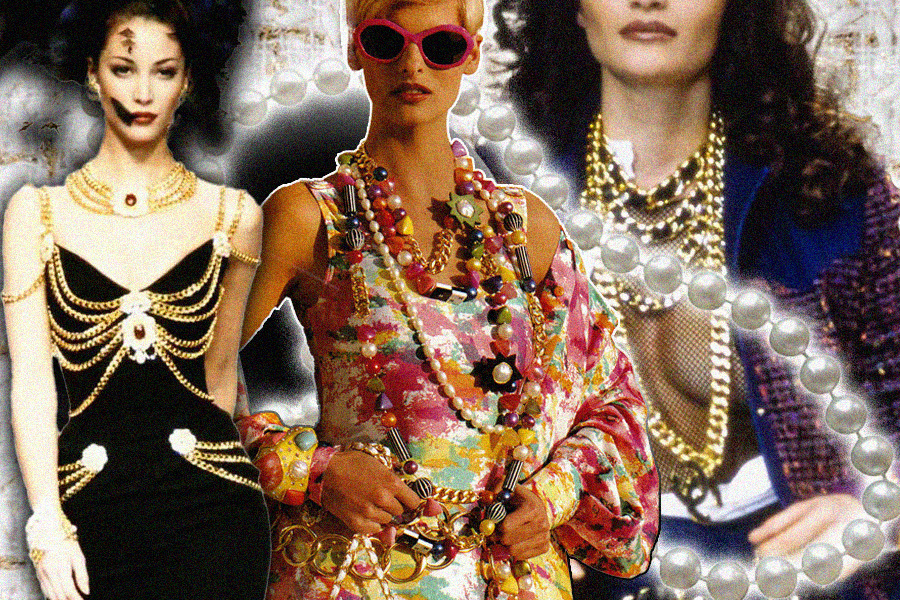
The real secret? Chanel doesn’t thrive by honouring Coco’s vision, but by rebelling against it.











